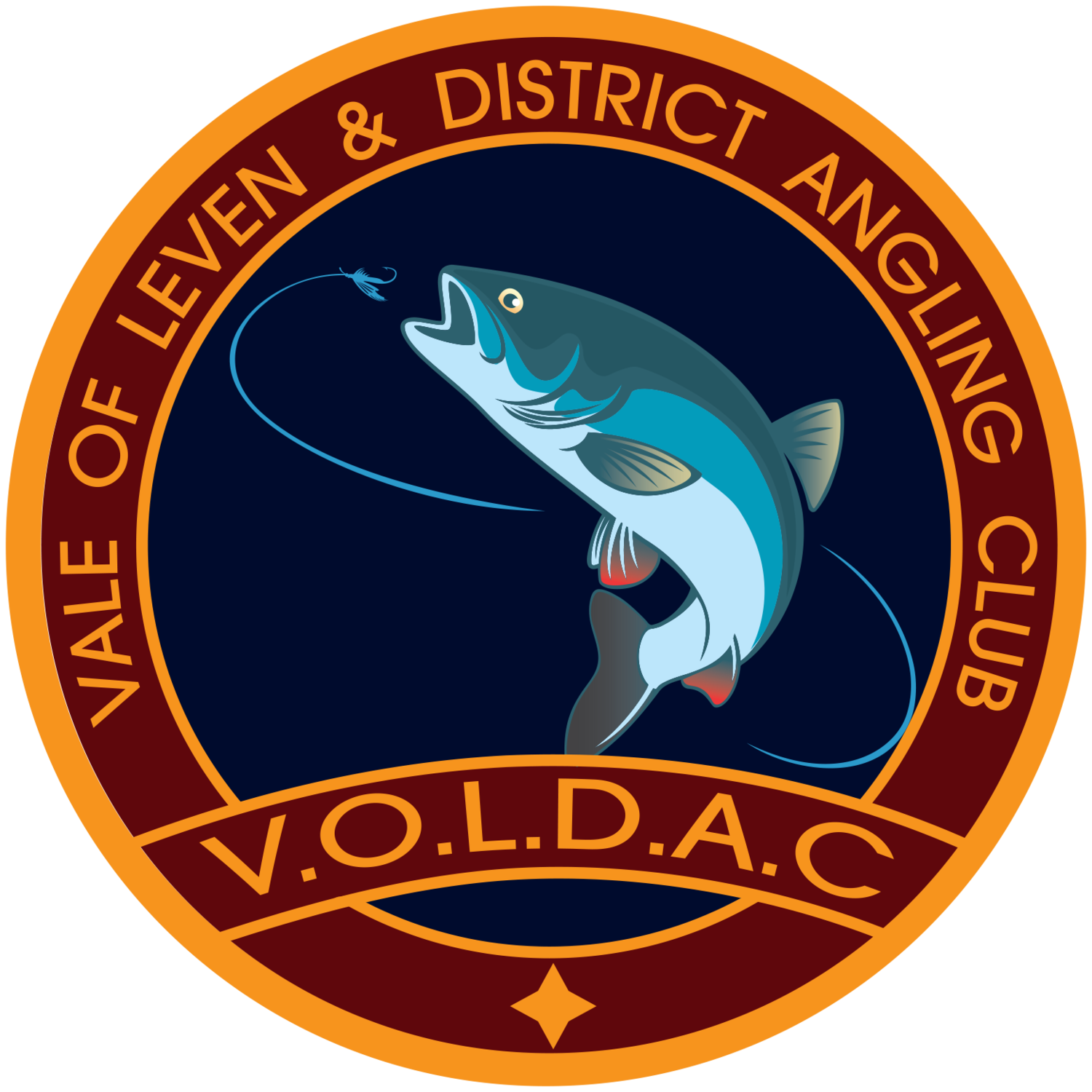Loch Lomond
Within striking distance of Glasgow and the central belt, the Lomond system offers some of the best and most diverse fishing available in Scotland.
Loch Lomond, which forms part of the Loch Lomond and the Trossachs National Park is Scotland’s largest loch by surface area. It is also the most beautiful and is home to various species of game fish including salmon and sea trout - the chosen quarry of the majority of our members.
With a length of 22.6 miles, a width of 5 miles at its widest point and a surface area of 27.5 square miles it is impossible to fish all of Loch Lomond in a day. It therefore makes sense to break the loch down into smaller areas when describing the haunts of the loch angler. These can be loosely termed as the bottom end, the islands and the tap end.
The Bottom End
The southern basin or bottom end of the loch extends from the southern tip where the River Leven exits the Loch at Balloch to the Ross Isles, at which point the loch begins to narrow before becoming distinctly narrower and deeper from Rowardennon upwards. There is an abundance of good fishing water which is more than enough to keep an angler occupied throughout an entire season. Fishing efforts can generally be restricted to this area of the loch in the early part of the season. From around June fish begin to disperse around the loch and it can pay to venture further north.
Both east and west shores can be productive and can be covered in a day. Notable haunts on the east shore include Boturich Rocks, Claddich Shore, the Endrick Bank and Strathcashel, whilst popular areas on the west shore include Fruin Mouth, Auchentullich Bay and the Urran Burn. The reality though is that anywhere on the loch can produce. When and where can be hard to predict, however this is part of what makes salmon fishing on Loch Lomond special.
The bottom end from the Conic Hill on the loch’s east shore
Sunset over the Luss hills
The Islands
Loch Lomond’s islands make it truly unique amongst Scotland’s lochs. Numbering around 30 in total, the attractions of the islands to the loch’s anglers are varied and many.
Fishing the western shore of Inchlonaig
The appeal of the loch’s islands include: spectacular scenery; a port in a storm; camping spots; sea trout fly fishing drifts; and the chance of a salmon on the troll. Pulling ashore for a traditional Lomond “drum up” on-shore with fellow club members holds an appeal of its own, especially early in the season when a hot drink and shelter from a cold easterly wind is welcome.
An aerial view of Inchmurrin, Loch Lomond's largest island. Inchmurrin is 1.5 miles long and 0.5 miles wide at its widest point. The shallow western shore on its day is one of the best sea trout fly fishing drifts on the loch.
Note the sandy “spit of the murrin” on the northern tip of the island. Regardless of which way the wind is blowing shelter can be found on the lee shore, making it a good spot for a drum up.
A view of the Highland Fault Line from atop the Conic Hill on the loch’s eastern shore. The Fault traverses the loch’s southern basin and marks the geological division between Highland and Lowland Scotland.
The line can be clearly seen by looking west across the islands of Inchcailloch, Torrinch, Creinch and Inchmurrin.
The Tap End
There is no clearly defined point for where the top end of the loch begins. However, anywhere above Rowardennon can generally be regarded as the “tap end” or “high water”. It is at this point, that the loch narrows and deepens providing a natural split between top and bottom. Anglers usually start heading up the loch from around June onwards as fish begin to disperse around the loch and seek the shelter of the cooler deeper water in the summer months.
Passing Rob Roy’s Cave at Inversnaid
The top end of the loch is a long way from Balloch. However it is worth the effort as the feel of the loch is noticeably different to that of the bottom end with less passing traffic and steep mountains lining both shores contributing to a wilder, more remote fishing experience. The top end of Loch Lomond is truly a great place to fish, particularly the eastern shore, which is inaccessible by road.
Safety
Fishing on a large expanse of water such as Loch Lomond is not without risks, however these can be mitigated by ensuring equipment is fit for purpose. A stable boat of at least 16 feet in length is required, as is a reliable outboard engine and a set of oars. Buoyancy aids should be worn.
It pays to keep an eye on the weather, particularly wind speed and direction. If in doubt, save your efforts for another day. The bottom end of the loch is particularly shallow with many rocky outcrops. If you are new to the loch seek advice before venturing out alone.










